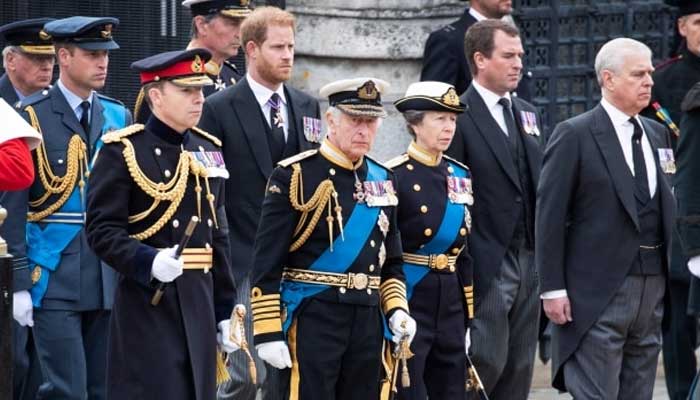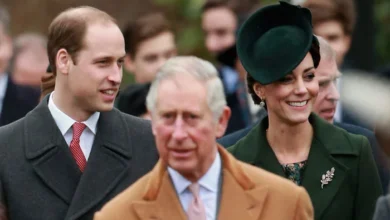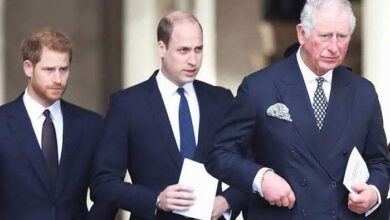King Charles and Royal Family Receive First Major Blow After Prince Harry and Meghan Markle’s Controversial Tours

King Charles and the British royal family have been dealt a significant blow as Trinidad and Tobago, a Caribbean nation with a complex colonial history, takes decisive steps to distance itself from its past under British rule.
This move comes on the heels of Prince Harry and Meghan Markle’s recent tours to Nigeria and Colombia, which have sparked discussions about the British monarchy’s legacy in former colonies.
The most notable development in Trinidad and Tobago is the government’s decision to remove the depiction of Queen Elizabeth II from the nation’s flag. The removal is part of a broader initiative to redesign the country’s coat of arms, which currently includes symbols tied to its colonial history, including a representation of the late monarch.
As part of the redesign, the government also plans to eliminate the depiction of three ships—Pinta, Niña, and Santa María—used by Christopher Columbus.
These ships have long been symbolic of European exploration, but for many in the Caribbean, they represent the beginning of centuries of colonization, exploitation, and enslavement. The ships are set to be replaced by the steelpan, a percussion instrument originating from Trinidad and Tobago, symbolizing the nation’s cultural identity and independence.
The decision to remove colonial symbols from the national emblem has ignited discussions among the people of Trinidad and Tobago. The government has actively sought input from residents on whether statues, signs, and monuments with colonial ties should be removed or recontextualized. At a recent public meeting, voices from different backgrounds—African, European, and Indigenous—were heard, reflecting the diverse perspectives on this issue.
Eric Lewis, a member of the First Peoples, expressed his views passionately, questioning why the queen remains a part of the nation’s coat of arms. “What the hell is the queen still doing on top of the coat of arms? Please let us put her to rest,” Lewis stated, capturing the sentiment of many who feel that the colonial past should be left behind entirely.
The late Queen Elizabeth II is currently depicted on the nation’s coat of arms above the shield, with a golden helmet facing the front, representing her as the colony’s ruler at the time of its design.
This symbol is a remnant of British rule, which began after the Spanish, who first colonized Trinidad and Tobago and ruled for nearly 300 years, ceded control to the British. The British governed the islands for more than 160 years until Trinidad and Tobago gained independence in 1962.
The move by Trinidad and Tobago is not just about removing symbols but also about addressing the deeper issues of identity and history. The government’s decision to replace Columbus’s ships with the steelpan reflects a shift towards celebrating the nation’s unique cultural contributions rather than its colonial past.
Read More: Kate Middleton Steps Down from Key Royal Role Amid Major Royal Feud
The steelpan, which was developed in the early 20th century, is not only a symbol of Trinidad and Tobago’s creativity and resilience but also a reminder of the country’s struggle for cultural and political independence.
This development in Trinidad and Tobago is part of a broader trend across the Caribbean and other former colonies, where there is a growing movement to reassess and, in many cases, dismantle symbols of colonialism. As more nations seek to assert their own identities free from the shadows of their colonial pasts, the British royal family finds itself increasingly under scrutiny.
For King Charles, who has spoken about his desire to modernize the monarchy and address its historical wrongs, this move by Trinidad and Tobago represents a challenge. It underscores the complexities of maintaining ties with former colonies while also respecting their desires for greater independence and recognition of their unique histories.
As the Caribbean nation moves forward with its plans, it will be essential for the British monarchy to navigate these changes carefully. The removal of Queen Elizabeth II from Trinidad and Tobago’s flag is a poignant reminder of the shifting dynamics between the British royal family and the former colonies that once formed the backbone of the British Empire.






